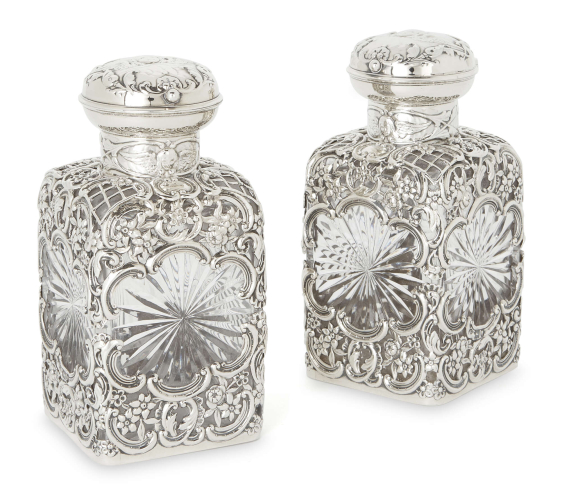Login to your account
If you have a RoseberysLive account, your username is now your email address.
Register to buy or sell
As a buyer you will be able to register for auctions, leave bids, bid live online, create a wishlist of your favourite lots, sign up for customised keyword email alerts, get preferred recommendations, and view and pay your invoices.
As a seller you will be able to easily set up your client account, view all your pre and post sale documents, and select your preferences.
Create Account
Alternatively, if you just wish to receive personalised keyword alerts when new catalogues go live, add lots to your wishlist , and set newsletter preferences create a ‘lite’ account.
CREATE LITE ACCOUNT
